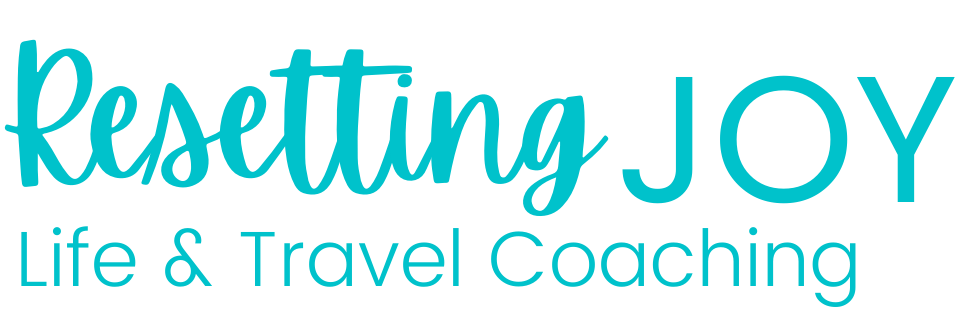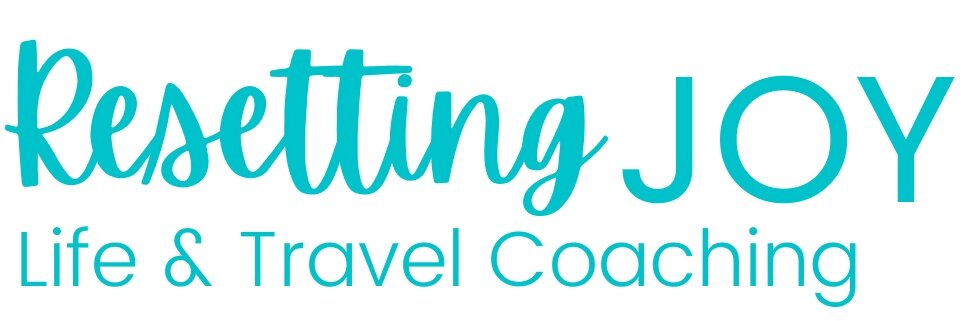Handling Resistance
Now that you’ve determined your boundaries, what if you encounter resistance when you start to implement them? People should just take you at your word about what’s acceptable, right? You should only have to say it once, right?
When you change and grow in any way, especially when you commit to long-term growth, it is normal for those around you to resist, at least at first. This doesn’t mean you’re not allowed to change, you just need to know what to expect.
So what’s behind the resistance? In a word, fear. Those around you are likely afraid that they’ll be left behind as you change and they probably won’t understand that’s at the root of what they’re feeling. Nevertheless, your change makes them question themselves and how they are living their lives. They’re comfortable with the status quo. At the very least, they’re “fine” with it because they’re uncomfortable making changes. Then here comes you with your self-awareness and willingness to be uncomfortable to make the change you seek. That’s scary. The closer people are to you, the more scared or uncomfortable they are likely to be.
So, what does resistance look like?
Questioning what you are doing and why.
Pushing or trying to circumvent the boundaries that you are setting up.
Anger or arguments about seemingly unrelated topics.
Distancing themselves from you.
This is all perfectly normal, even if it is uncomfortable. It begs the question though, how do you handle this?
The answer is simple. Let them know that they are seen, heard, and understood. Make it clear that you’re not doing this TO them, you are doing this FOR yourself. Invite them to come along. Acknowledge and validate their choice not to join you if that is what they want. Stay open to discussion and seek mutual understanding. Compromise when necessary. Though the answer is simple, implementing it can be less so.
Say you want to exercise every day at 5 AM. You invite your partner to join you on your journey. However, you have small children so leaving the house together that early is not practical. Take turns working out at the gym and in the house and then include the kids in longer family activities on the weekends. Encourage each other’s progress.
Perhaps you’ve decided to return to school to earn another degree in order to advance or change your career. Work out with your partner and friends how you’ll balance your other priorities. Standing dates and schedules for regular activities do wonders for maintaining relationships and allowing people to walk alongside you as you change. When they see you regularly, the changes are gradual, easier for them to accept, and they’ll feel a part of your success.
Maybe you’ve chosen to set a boundary on when you will answer work-related texts and emails. You know this will be a major change for your co-workers who choose to work nearly around the clock. You’ve decided to stop doing the same because you feel yourself getting burned out and you see your work quality slipping, especially now when working from home seems to translate into living at work.
First things first, tell your colleagues exactly what your new boundaries are and why you are setting them.
Next, stick to them. Your co-workers may honor the boundaries for a little while without prompting but then slip into old habits (they’re human and this is normal). Here is where you need to be resolute.
You have to hold your own boundaries, you cannot expect others to do so for you no matter how clearly you laid them out.
At this point, you need to speak your boundaries clearly and repeatedly. Use the same words every time. Use the same reason why every time. Changing things up, invites negotiation, i.e., the chance to change your mind. You might include the following in your regular explanation, “I protect my private time because I know it allows me to show up at the top of my game during work hours. I can ensure you get to work with someone who wants to be here instead of someone who resents it.”
You’re leading by example. Showing others that you can set and hold boundaries, while still getting your job done well, means that they can too.
Show people what is possible. Teach people how to treat you. I’ll bet that you’ll change your corner of the world in the process and that is a whole lot of good to put out into the world.
Have you ever wondered how happy you really are and what you could do to change your happiness level? Get the assessment to find out!



